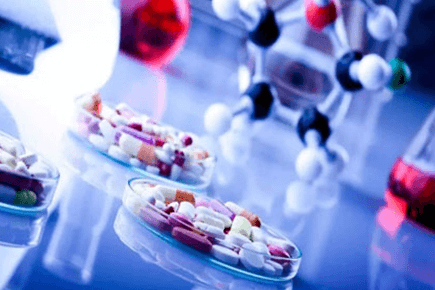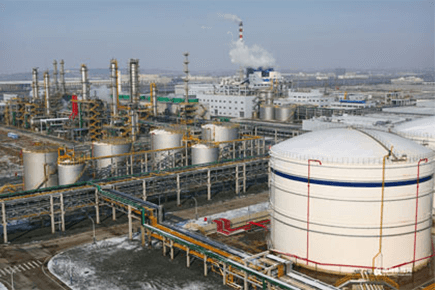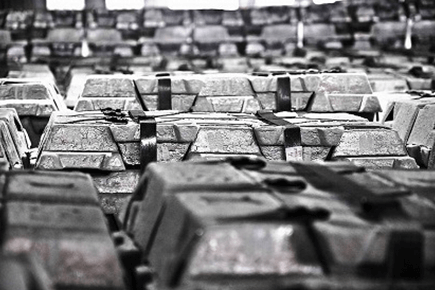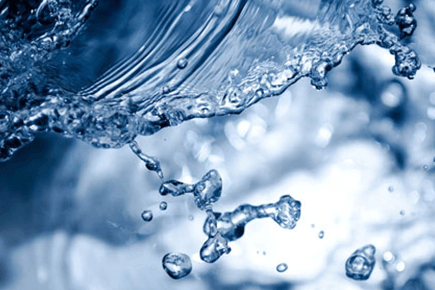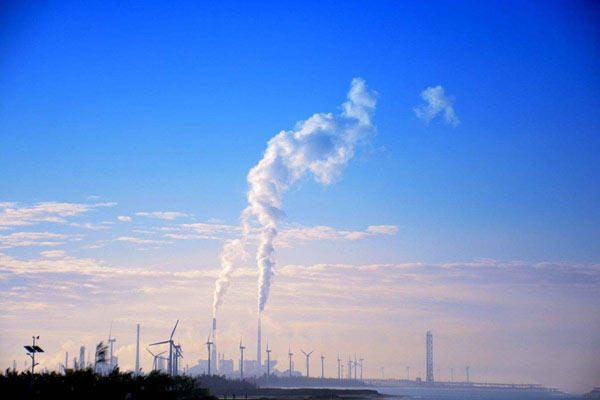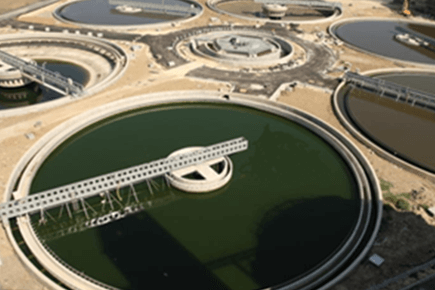
You are here: Home »
News
»
Case Study
»
Adsorbent Resin
»
Ammonia Nitrogen Removal Process in Evaporative Condensate Water
Ammonia Nitrogen Removal Process in Evaporative Condensate Water
At Sunresin Technology, we're pioneering the field of wastewater treatment with our state-of-the-art ion exchange method. This innovative approach is crucial in our Ammonia Nitrogen Removal Process, especially designed to effectively eliminate ammonia from evaporative condensate water, a common byproduct in evaporator units across various industries.
An evaporator is a common device used to convert liquid into gas. Evaporative condensate water refers to the process where water and steam mix in steam generators and heat exchangers, and then the mixture cools and condenses back into water in the heat exchanger.
During the evaporation process, as the mother liquor in the evaporator becomes more concentrated through evaporation, the solution temperature rises. Due to the volatile nature of ammonia nitrogen, it turns into a gaseous state along with the water vapor. Upon cooling, it reverts to a liquid state and exists in the water. When the pH is greater than 9, the ammonia nitrogen in the water exists in the form of NH3. When the pH is less than 9, most of the ammonia nitrogen exists in the form of NH4+. Treating evaporative condensate water containing ammonia nitrogen is a common challenge in industries such as pharmaceuticals, chemicals, food, and others.
Stripping method involves making the wastewater contact air as a discontinuous phase. By utilizing the difference between the actual concentration of components in the wastewater and their equilibrium concentrations, ammonia nitrogen is transferred from the liquid phase to the gas phase for removal. Due to the solubility of ammonia nitrogen, it is difficult to further lower its concentration using the stripping process at these concentrations. The effectiveness of stripping in removing ammonia nitrogen from distilled water is poor, and it can lead to deteriorating water quality and a significant increase in electrical conductivity. Therefore, this method is suitable for high-concentration ammonia nitrogen wastewater, but not for removing ammonia nitrogen from evaporative condensate water.
The biochemical method uses the nitrification and denitrification processes of aerobic and anaerobic bacteria to convert ammonia nitrogen in wastewater into nitrate, and then into nitrogen gas, thereby removing ammonia nitrogen. However, this process has issues such as long process flows, large land occupation, often requiring the addition of an external carbon source, high energy consumption, and high costs.
The chemical precipitation method removes ammonia nitrogen by adding magnesium compounds and phosphoric acid or phosphates, causing NH4+ in wastewater to react with Mg2+ and PO3− in an aqueous solution to form ammonium magnesium phosphate precipitate. This method has high costs for phosphorus and magnesium salts, leading to high treatment costs, and is less commonly used domestically.
Ion Exchange Method for Ammonia Nitrogen Removal in Evaporative Condensate Water
The ammonia nitrogen removal process in evaporative condensate water utilizing the ion exchange principle can achieve deep removal of ammonia nitrogen and has very good stability, thereby solving problems present in existing technology such as difficulty in reducing low concentration ammonia nitrogen, oversized ammonia nitrogen removal equipment, and high operational costs.
At the same time, this process also has the advantages of not introducing toxic and harmful ions into the produced water, high efficiency in treatment, non-toxicity, safe use; it occupies a very small area, does not require infrastructure, and can achieve excellent application results through the use of pressure tanks; and the high concentration regeneration liquid obtained in the process of ammonia nitrogen removal can be returned to the MVR evaporation system.
In water, ammonia exists in the form of hydrated ammonia. Below a pH value of 9, it ionizes into ammonium ions (NH4+) and hydroxide ions (OH-). The ammonium ion is a monovalent cation. In the ammonia nitrogen removal process of evaporative condensate water, the ammonia nitrogen selective resin, Seplite® XDA series ammonia adsorption resin, is used. If the pH value is low and ammonia exists in the form of ammonium salt, it will be more favorable for the resin's selective adsorption of ammonia.
Application of XDA Series Ammonia Adsorption Resin
Seplite® XDA Series resins are widely used in the chemical industry, with extensive industry experience in refining organic chemical products and wastewater treatment.
The Seplite® XDA Series resins, developed by Sunresin, is specifically designed for treating ammonia nitrogen in wastewater from organic chemical production. Based on long-term research into macroporous and uniform pore resins, Sunresin Technology has developed a high exchange capacity ion exchange resin that, while ensuring uniform pore size, offers advantages such as a large exchange capacity, easy regeneration, and long service life. It is mainly used for treating wastewater from the production of dyes, pesticides, pharmaceuticals, and intermediates. It can also be used for adsorption and recovery of phenols, amines, organic acids, nitro compounds, halogenated hydrocarbons, etc. The application of Seplite® XDA series resin in treating wastewater from organic chemical production shows significant economic and social benefits, with a mature and reliable process.
Working Principle of Ammonia Nitrogen Adsorption Resin
Resin Adsorption: In practical applications, when wastewater containing ammonia substances (solute) passes through the adsorption resin bed, the ammonia substances are exchanged onto the resin through ion exchange. This process purifies the wastewater containing ammonia nitrogen.
Desorption: The adsorbed solute (ammonia substances) can be completely washed off using an appropriate method, allowing for the reuse of the resin. Generally, dilute alkali is used as the desorbing agent for acidic solutes; dilute acid is used for basic solutes; and for neutral solutes, organic solvents are used as desorbing agents, or steam is selected for regeneration based on the boiling point.
Free Quote
Resources
Adsorbent Resin
Bio-Pharmaceutical & Life Science
Enzyme Carriers
Hydrometallurgy & Mining
Chelating Resin
Chemical Industry
Chromatographic Media
Wastewater Treatment&Reuse
Food & Beverage Industries
Ion Exchange Resin
Civil & Industry Water Treatment
Equipments And Projects
Plant Extraction
Catalyst Resin
Solid Phase Peptide Synthesis
Product
Application
Contact Us
Sunresin Park,No.135, jinye Road, Xi’an Hi-tech Industrial Development Zone, Shaanxi-710076, China
seplite@sunresin.com
+86-29-89182091
Our Product List
Latest News
26
2024 01
Sunresin has been selected for the Hang Seng China A Specialised & Sophisticated 50 Index
On January 22, Hong Kong's Hang Seng Index Company launched the "Hang Seng China A Specialised & Sophisticated 50 Index", and Sunresin (300487.SZ) was successfully selected as a constituent stock. As of January 12, 2024, the proportion was 2.78%.
27
2023 11
Sunresin Participates in Morgan Stanley 22nd Annual Asia-Pacific Summit
Sunresin, a leading technology company, was invited to attend Morgan Stanley's 22nd Asia-Pacific Summit in Singapore from November 15th to 16th. This summit is a pivotal conference for institutional investors in the Asia-Pacific region.
Leave a Message
Please send any questions you want to know, we will reply to you immediately.
Choose File
Submit





